Introduction
In the realm of commercial architecture, the selection of a rendering service is a pivotal decision that can significantly influence project outcomes. Architects and clients alike must navigate a complex landscape of options, where the quality of visuals, adherence to local regulations, and effective communication can make or break a project.
This article delves into the essential criteria for evaluating rendering services, emphasizing the importance of:
- Local expertise
- Communication skills
- Pricing structures
- A thorough understanding of the rendering process
By meticulously assessing these factors, stakeholders can ensure that their chosen service not only meets aesthetic and technical expectations but also aligns seamlessly with project goals, ultimately enhancing the quality of architectural representation.
Key Criteria for Selecting a Commercial Architectural Rendering Service
When selecting a provider for commercial architectural rendering Nassau County NY, several essential factors must be assessed to ensure alignment with goals.
- Portfolio Quality: Analyzing the organization’s portfolio is essential for gauging the quality and style of their past work. A diverse range of projects in commercial architectural rendering Nassau County NY not only showcases versatility but also indicates the capability to adapt to various architectural styles and client needs.
J. Scott Smith Visual Designs features a comprehensive portfolio of commercial architectural rendering in Nassau County, NY, accessible for viewing on our website, showcasing a dedication to high-quality 3D Architectural Visualization. As noted by content writer Ray Lisbon, ‘A strong portfolio is a testament to a firm’s ability to deliver on client expectations.’
- Technological Proficiency: It is imperative that the rendering provider employs advanced software and technologies for optimal results.
Proficiency in tools such as 3ds Max, V-Ray, and SketchUp is crucial for producing high-quality visuals that meet the contemporary demands of commercial architectural rendering in Nassau County, NY. The 3D Rendering Services market is projected to grow significantly from 2018 to 2026, underscoring the importance of staying updated with technological advancements in this evolving field.
- Client Testimonials and Reviews: Gathering feedback from past clients serves as a valuable resource, particularly at J. Scott Smith Visual Designs, where client experiences highlight exceptional professionalism and customer care.
Positive testimonials can reveal insights into the reliability, communication skills, and overall client satisfaction of services like commercial architectural rendering Nassau County NY, which are vital for a successful collaborative process. You can find genuine reviews from our clients on platforms like Google, Facebook, and Houzz. The role of client feedback is instrumental in refining interior designs, especially during renovation projects.
Understanding of Design Principles: A comprehensive grasp of design and building principles is paramount. The commercial architectural rendering Nassau County NY should demonstrate a profound knowledge of these concepts to accurately portray the vision and nuances of the design. This encompasses attention to detail, as showcased in the case study titled ‘Detail Level in 3D Rendering,’ which stresses the challenges of creating realistic elements such as kitchen countertops and structural features like rainwater spouts and trim work.
Timeliness and Management: Evaluating the capability to meet deadlines and handle initiatives efficiently is essential. A professional design firm should possess a documented history of prompt project completion, enabling smooth integration with overall project schedules.
By thoroughly assessing these standards, architects and clients can make educated choices that not only correspond with their project objectives but also improve the overall quality of the commercial architectural rendering in Nassau County NY. We invite you to explore our portfolio and blog for further insights and examples of our work.
The Importance of Local Expertise in Architectural Rendering
Local expertise is paramount in the success of commercial architectural rendering services in Nassau County, NY. The following factors illustrate its importance:
Understanding of Regional Aesthetics: Professionals with local experience possess a nuanced awareness of the architectural styles and preferences that characterize Nassau County.
This insight allows them to create visuals that resonate deeply with the community, fostering a connection between the initiative and future residents, enhancing client satisfaction and acceptance.Knowledge of Zoning and Building Codes: A thorough understanding of local regulations and building codes is essential for compliance. Architects who are skilled in these areas reduce the risk of delays or rejections, ensuring that rendered designs meet all necessary legal requirements.
Access to Local Resources: Local renderers often have established relationships with suppliers and contractors in the area. This network enables smoother task execution and efficient material sourcing, ultimately streamlining the production process.
Cultural Sensitivity: An appreciation of Nassau County’s cultural context informs design decisions, allowing architects to create projects that reflect the community’s values and history.
This cultural alignment enhances the overall appeal and relevance of the design.Responsive Communication: Proximity allows for more accessible meetings and discussions, fostering improved communication and collaboration throughout the production process. This responsiveness is essential in addressing client feedback and making necessary adjustments promptly.
Moreover, the immersive impact of visualization not only enhances client understanding but also improves stakeholder communication and helps identify design issues early. By showcasing natural lighting, landscaping, and building materials, 3D exterior visuals serve as a vital tool in bridging the gap between homeowners and builders. Specific features of design visualization, such as detailed 3D modeling and interactive elements, further enhance client understanding and facilitate clearer communication.
Furthermore, refining these skills enables the creation of high-quality 3D designs that captivate clients.
With nearly 120,000 licensed architects across the U.S. and 73,313 businesses in architecture, the demand for skilled professionals in this field is significant. Moreover, the anticipated growth rate for all professions from 2023 to 2033 is 4 percent, suggesting a strong market for design offerings.
By choosing a visual production provider with local knowledge, clients not only gain access to high-quality visuals for commercial architectural rendering Nassau County NY but also ensure that the final product is intricately aligned with the unique characteristics and expectations of the local market.
Evaluating Communication and Collaboration Skills
When selecting a service for commercial architectural rendering in Nassau County, NY, it is essential to thoroughly evaluate their communication and teamwork abilities, as these elements are crucial to success—particularly in light of the construction industry’s revival after a time of limitations. Consider the following aspects:
Initial Consultation: An effective renderer will conduct an initial consultation with a keen focus on your needs and ideas, gathering the right information upfront to save time and money.
They should ask insightful questions that clarify your vision, ensuring a comprehensive understanding of project goals. Providing the right information early is essential to optimize the rendering process and avoid unnecessary delays.Response Time: Evaluate how quickly they respond to inquiries.
Timely responses are indicative of professionalism and a strong commitment to client service, essential in any collaborative process.Feedback Process: Inquire about their methodology for incorporating feedback.
A collaborative renderer should be open to suggestions and willing to make adjustments based on your input, fostering a partnership approach to project development.
This iterative design phase is crucial, as it allows for adjustments that ensure the representations accurately reflect your vision, ultimately optimizing both time and cost.Project Updates: Regular updates throughout the production process are essential.
This transparency not only maintains alignment with your expectations but also allows for timely adjustments, a necessity in a dynamic design environment.
The iterative nature of the design phase ensures that your vision is continually refined based on ongoing feedback.Post-Completion Support: Consider whether the renderer offers assistance after completion.
This may involve revisions or extra adjustments aligned with changing requirements, further highlighting their dedication to client satisfaction.
By thoroughly assessing these factors, clients can choose a production option that not only generates high-quality visuals but also fosters a productive working relationship. According to a recent FMI survey of 600 construction leaders, poor communication and data management contribute to 48 percent of all rework on U.S. construction projects, amounting to $31.3 billion annually in avoidable costs. This statistic, along with insights from a Monograph survey of 23 companies, emphasizes the significance of effective communication in design visualization.
Additionally, maintaining clear communication can help firms navigate economic challenges without altering fee structures, further emphasizing the need to prioritize these evaluation criteria. Interact with your selected provision according to these assessment standards to guarantee a fruitful partnership.
Assessing Pricing and Value
When evaluating pricing for commercial architectural rendering services, several critical factors should be taken into account:
Pricing Models: Familiarize yourself with the various pricing structures employed by rendering providers, which may include fixed pricing, hourly rates, or project-based fees. Choosing a model that aligns with your scope and budget is essential for effective financial planning.
Scope of Services: Assess whether the pricing encompasses the complete range of services provided. Certain offerings may include additional features such as revisions, 3D modeling, or immersive virtual reality presentations, all of which enhance the value of your work. High-quality representations act as a glimpse into the future of your endeavor, enabling all stakeholders to envision possible results, generate enthusiasm, and make educated choices.
Quality vs. Cost: While opting for the least expensive option may be appealing, it is paramount to consider the quality of the output. Higher-quality visuals, which frequently utilize advanced technology and expert craftsmanship, can warrant a higher price point because of their potential influence on success and stakeholder satisfaction. As J. Scott Smith from Visual Designs states, “Ready to elevate your architectural projects? Reach out to J. Scott Smith Visual Designs today to discover how our breathtaking 3D visuals can bring your vision to life!”
Comparative Analysis: Request estimates from various providers and perform a comprehensive evaluation of their offerings. It is vital to assess factors beyond merely cost—such as quality, support level, and the expertise of the providers—to gain a comprehensive understanding of the value being offered.
Budget Flexibility: Engage in discussions about budget limitations with the service provider at the outset. A reputable provider will typically offer customized solutions that accommodate your financial parameters while still delivering high-quality outcomes.
Security and Confidentiality: Consider the ethical practices of the providing company. As highlighted in the case study, clients can be assured that a reputable company will never steal or resell design plans, reinforcing the importance of confidentiality in these partnerships.
Cost Expectations: For large-scale commercial endeavors, it’s important to be aware that high-quality visuals can cost $3,000 or more each. Understanding these pricing expectations for commercial architectural rendering Nassau County NY can aid in making informed decisions.
By carefully evaluating both costs and worth, clients can make knowledgeable choices that guarantee the best design solutions for their investment. The role of personalization and modifications is vital, as they enable changes to be made based on feedback, ensuring that the final output aligns with the design vision and enhances overall success.
Understanding the Rendering Process
A thorough understanding of the design rendering process is pivotal for fostering effective collaboration with your selected service provider. The process generally unfolds in the following stages:
Initial Consultation: The journey begins with a comprehensive consultation aimed at delineating goals, design concepts, and specific requirements.
This stage is crucial for aligning expectations and ensuring clarity from the outset. Providing clear and timely information, such as design drawings and site plans, plays a significant role in understanding the building’s concept and is essential for optimizing time and cost in your project.Concept Development: Following the initial discussions, the illustration service creates preliminary sketches or digital models to visualize the project concepts.
This stage facilitates early feedback, encouraging collaboration and necessary adjustments before advancing further, ensuring that the design essence is captured accurately.Modeling: Upon approval of the concept, meticulous 3D models are constructed, incorporating architectural elements, textures, and materials.
This level of detail is essential for achieving an accurate representation of the envisioned space and for enhancing contractor communication, ultimately eliminating design misunderstandings.
The level of detail chosen at this stage significantly influences client expectations and the overall effectiveness of the visualizations.Visualization: The visualization phase entails generating high-fidelity images or animations derived from the 3D models.
Advanced software is employed to achieve realistic lighting, materials, and atmospheric effects, enhancing the visual quality of the output.
Additional props and furniture are often added to the scene, as illustrated in the case study titled ‘Stage 4: Dressing and Props.’
This step enhances visual interest and functionality, ensuring that the final visualization is both compelling and practical.
The precision and detail in this phase are critical, as they capture the essence of the design and contribute to the overall impact of the renderings.Review and Revisions: Clients are afforded the opportunity to review the rendered images, providing feedback and requesting revisions.
This iterative process not only ensures that the final product aligns closely with the client’s vision and expectations but also emphasizes the importance of collaboration and structured information management from the earliest stages of the design process.Final Delivery: After all adjustments have been finalized, high-resolution images or animations are delivered to the client.
These assets can be employed across different applications, such as presentations, marketing efforts, and development activities.
By thoroughly grasping each stage of the creation process, including the significance of detail and accuracy, clients can effectively manage their expectations and foster a productive partnership with their selected service provider.
This structured approach not only enhances project outcomes but also aligns with contemporary advancements in architectural rendering technology, ensuring a seamless integration of collaborative efforts and technical expertise.
Conclusion
Selecting the right commercial architectural rendering service is a critical step that can profoundly impact a project’s success. By carefully evaluating the key criteria outlined—such as portfolio quality, technological proficiency, client testimonials, understanding of architectural principles, and project management capabilities—stakeholders can make informed decisions that align with their specific project goals.
Furthermore, the significance of local expertise cannot be overstated. Professionals who understand regional aesthetics, zoning regulations, and cultural sensitivities can create visuals that resonate with the community, ultimately enhancing project acceptance. Effective communication and collaboration are equally vital; a renderer that prioritizes transparency, responsiveness, and post-project support fosters a productive partnership that can adapt to evolving project needs.
In terms of financial considerations, a judicious assessment of pricing structures and the value of services is essential. It is imperative to balance cost with quality, ensuring that the chosen rendering service delivers high-caliber visuals that effectively convey the architectural vision.
By meticulously considering these factors, architects and clients can enhance the quality of architectural representation and ensure that their projects not only meet aesthetic and technical expectations but also resonate with the intended audience. Ultimately, investing time in selecting the right rendering service will yield significant dividends in project success and stakeholder satisfaction.

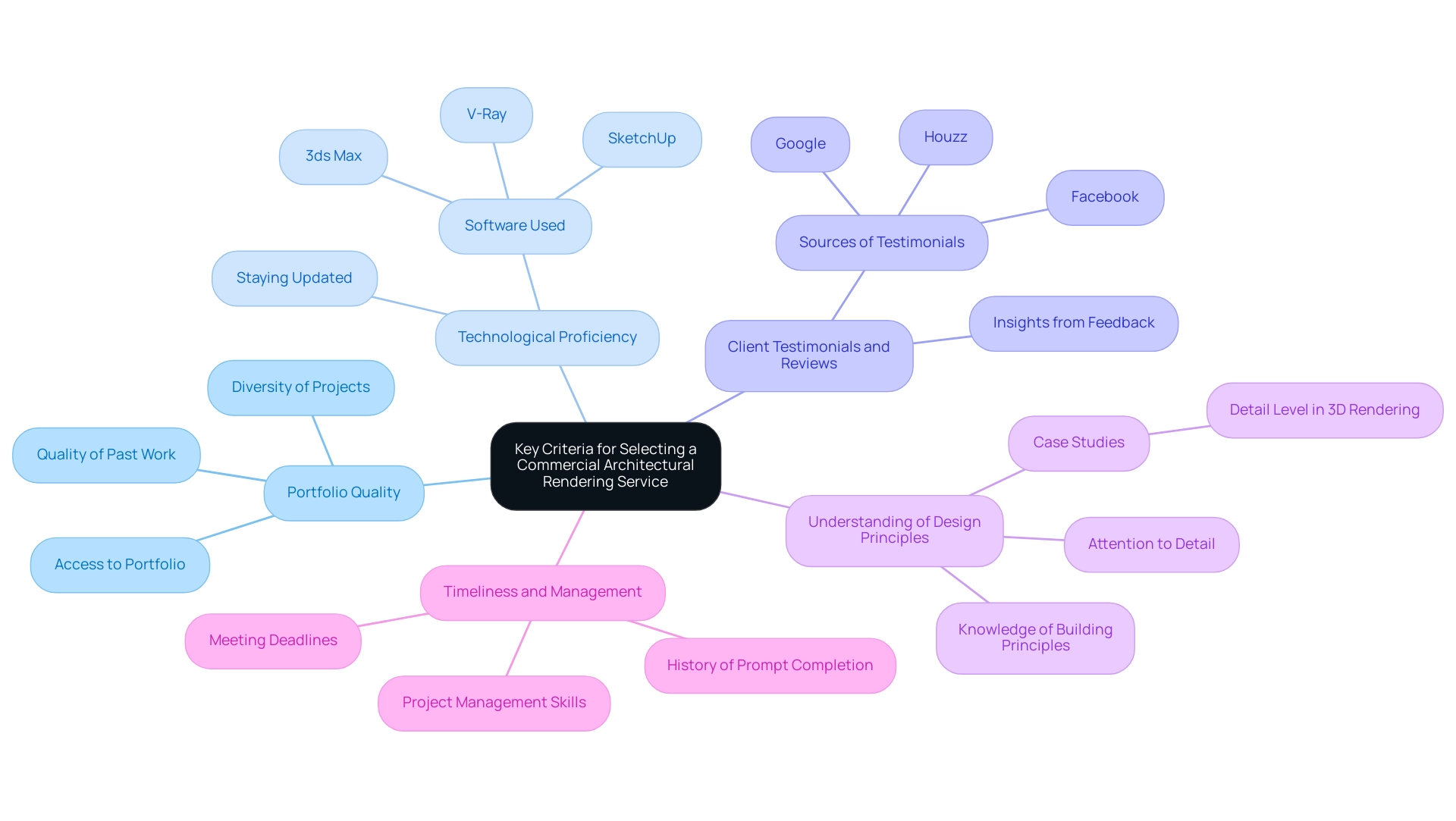
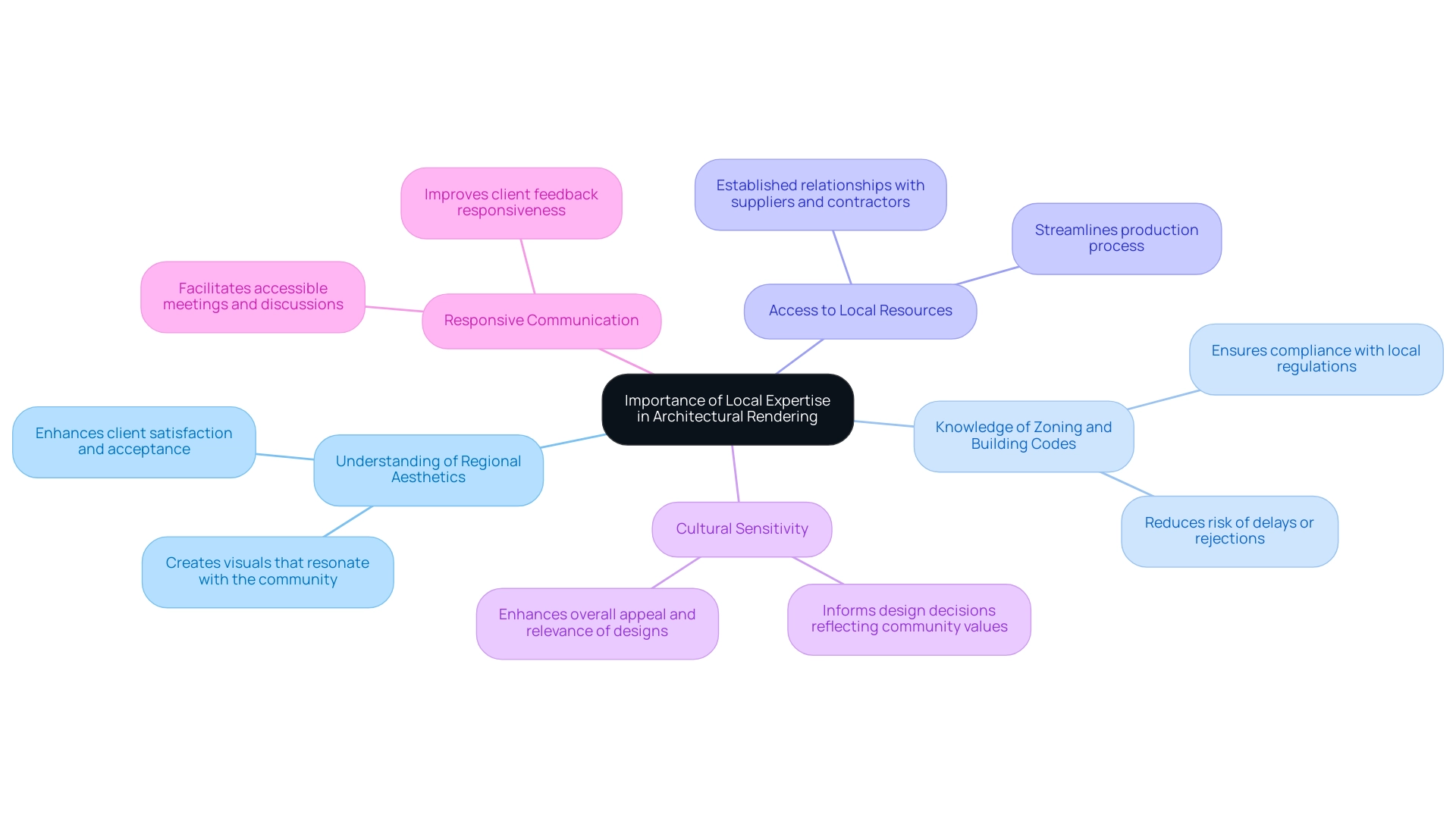
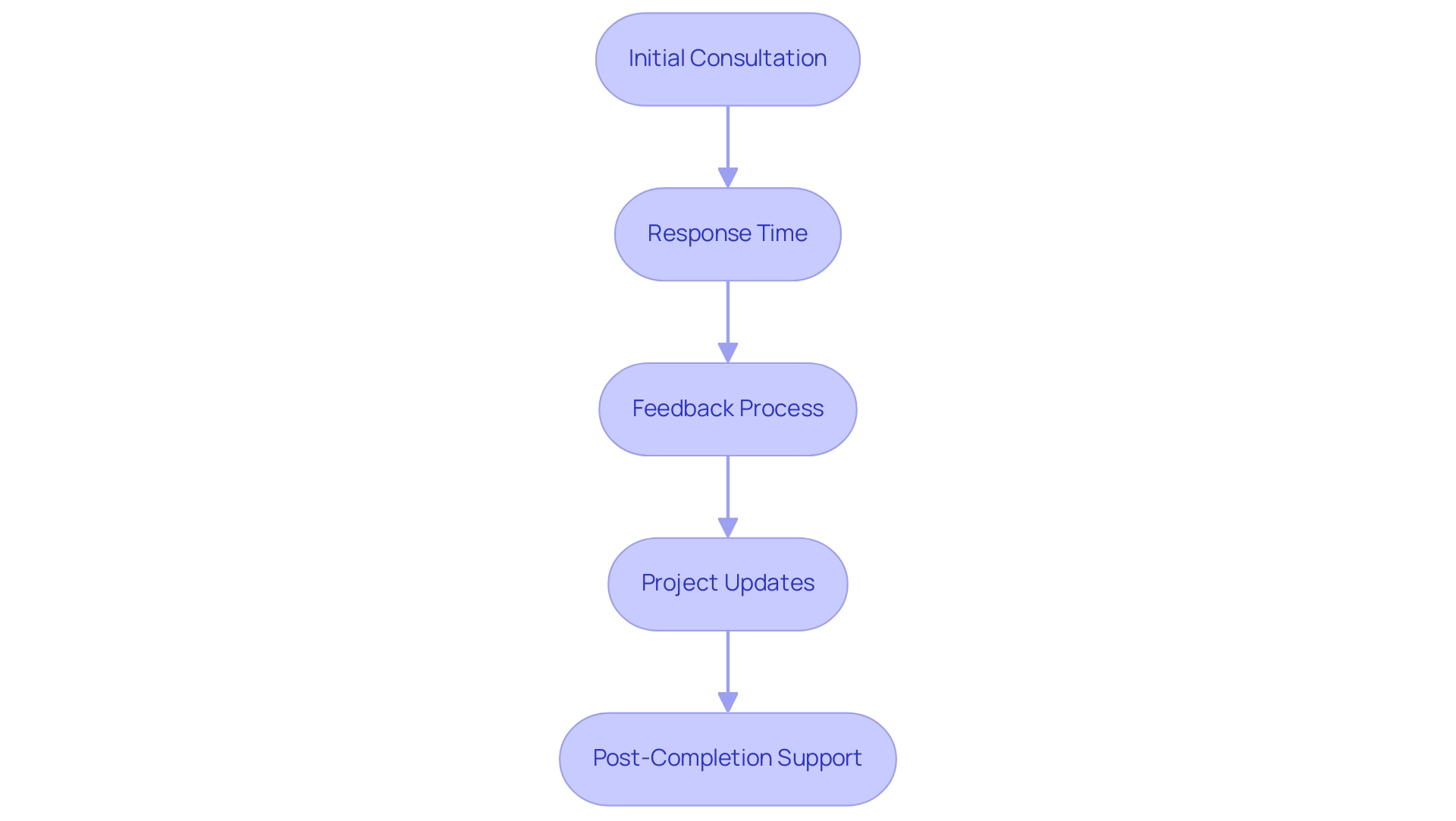
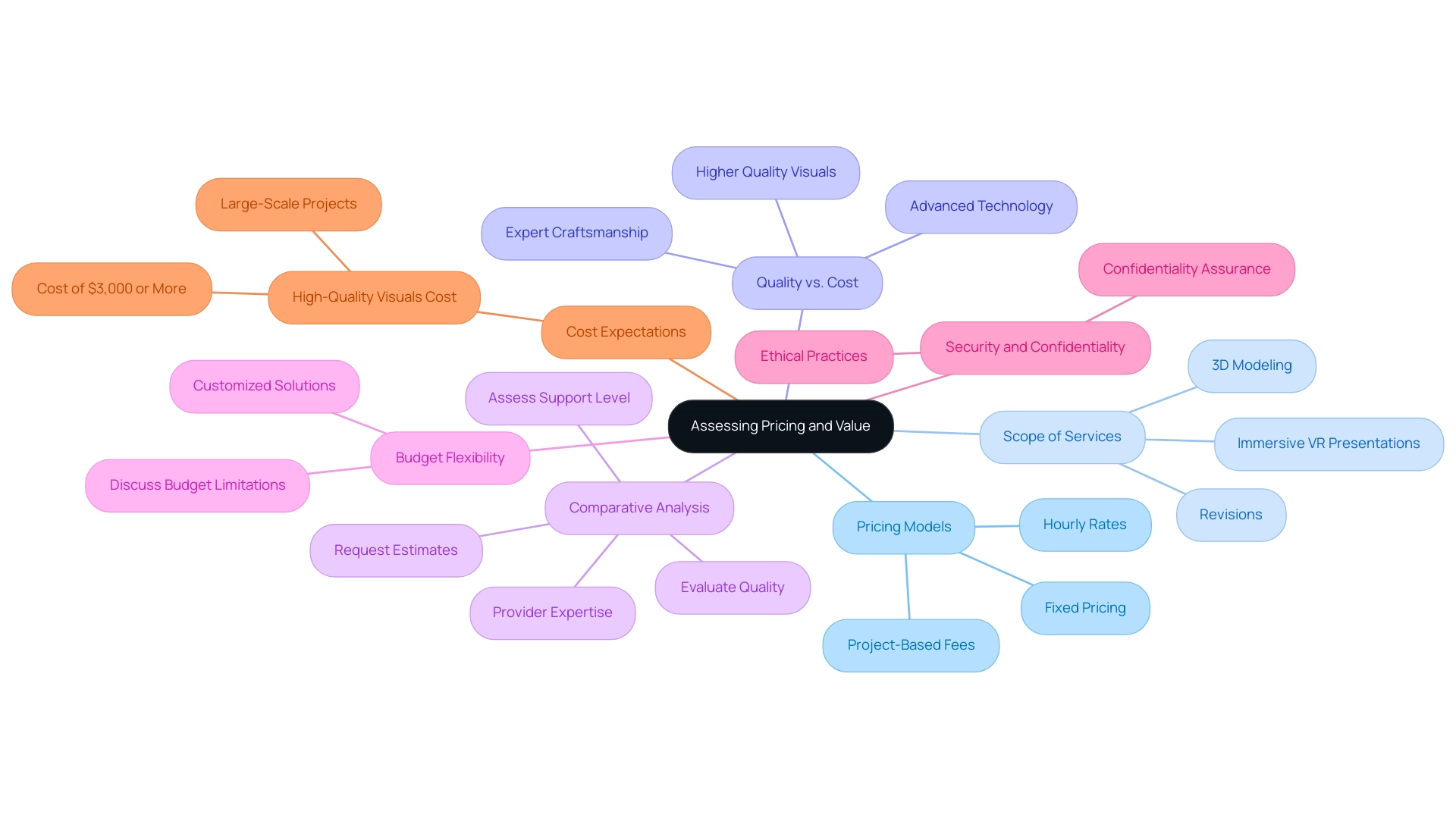
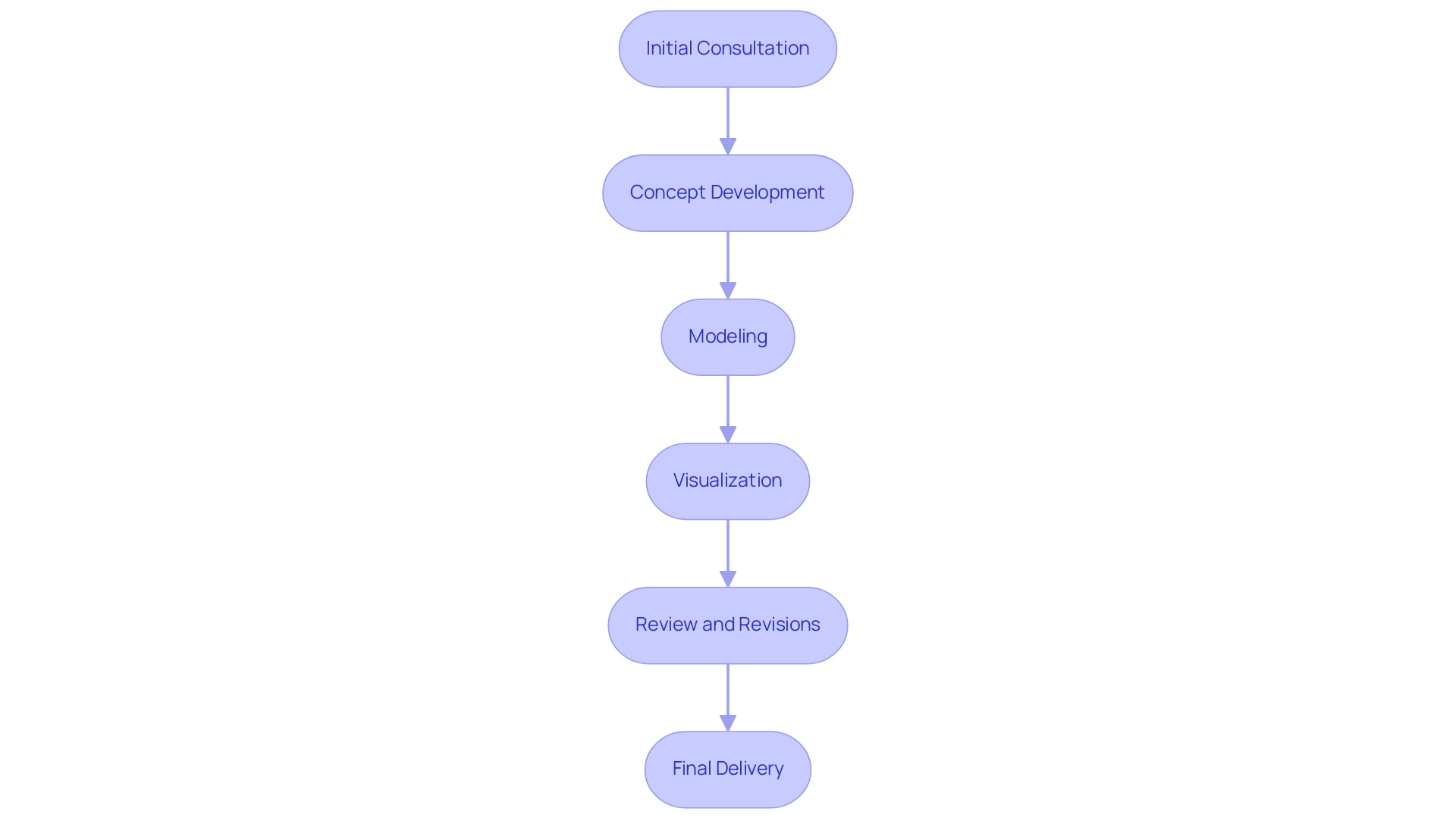
0 Comments